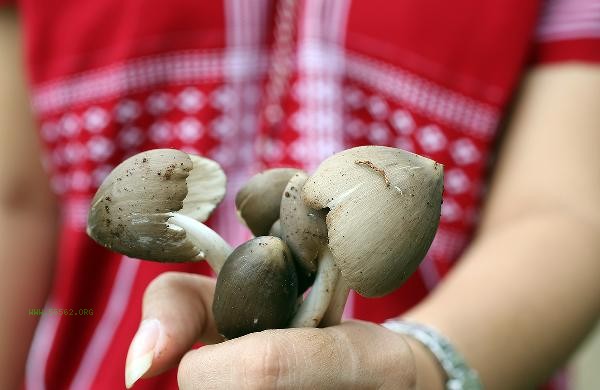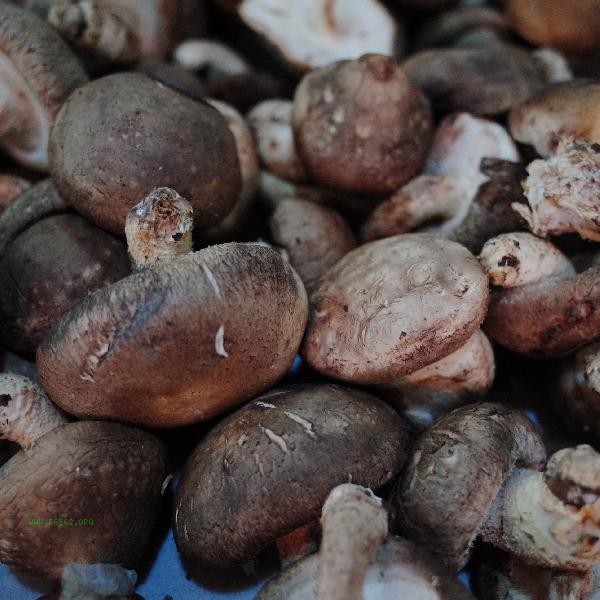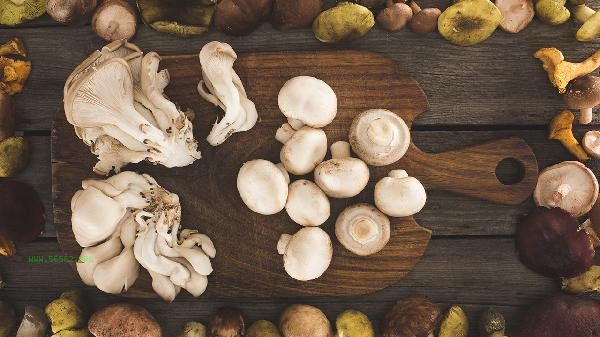Whether fresh mushrooms have gone bad can be determined by observing changes in color, abnormal odor, texture, gill state, and storage time. Rotten mushrooms may appear sticky, blackened, emit a sour or moldy odor, and have blackened and fallen gills.

1. Color Change
The surface of fresh mushrooms should present a uniform natural color. For example, white mushrooms should be pure white without any impurities, and brown mushrooms should have a uniform color. If there are abnormal colors such as yellow, black, or green on a local or large area, especially dark spots on the edge of the cap or blackening at the base of the stem, it often indicates that decay has begun. Some mushrooms may experience slight browning in the compressed area, which is a normal oxidation phenomenon, but if the discolored area expands and is accompanied by a moist feeling, it may have deteriorated.
2. Abnormal odor
Fresh mushrooms have a faint earthy fragrance or no obvious odor. Rotten mushrooms will emit a distinct sour, moldy, or putrid odor, similar to the smell of ammonia or excessive fermentation. If mushrooms are stored for a long time, even if there is no significant change in appearance, they should be discarded if they smell a pungent odor. Some wild mushrooms themselves have a special odor that needs to be distinguished from the smell of decay.
3. Texture Change
Gently touch the surface of the mushroom with your fingers, and the texture of the fresh mushroom is firm and elastic. Rotten mushrooms will become soft and collapsed, unable to rebound after pressing, and the cap or stem will show obvious shrinkage and dehydration. When severely deteriorated, the surface will produce mucus, which feels smooth to the touch, and the mushroom flesh is prone to cracking or appearing sponge like. Some varieties, such as shiitake mushrooms, may experience fibrosis and hardening of the hollow stem when they spoil.

4. Fungal fold status
Flip the mushroom and observe the gills below the mushroom cap. Fresh mushroom gills are arranged neatly and have uniform color. When it deteriorates, the gills will turn black, sticky, or peel off, and some will show mold spots. If white hyphae or black powdery substances are found between the folds of mushrooms with dense gills, such as shiitake mushrooms, it indicates the growth of mold. Mushroom gills stored for too long may become soft and collapse.
5. Storage Time
Untreated fresh mushrooms can usually be stored for 3-5 days under refrigerator refrigeration conditions. Even if the appearance is intact after this period, they should be consumed with caution. Mushrooms that have been cut open or washed with water are more prone to spoilage, and it is recommended to consume them within 24 hours. Vacuum packaged mushrooms need to be checked for air leakage, and after opening, they should be judged according to fresh mushroom standards. If frozen mushrooms have too many ice crystals or clumping, they may have experienced quality deterioration.

When purchasing mushrooms in daily life, it is recommended to choose dry, intact, and undamaged individuals to avoid purchasing mushrooms that have already liquefied in their pre packaged form. When storing, it is recommended to wrap it in a paper bag and refrigerate it to maintain ventilation and moisture resistance. Before cooking, check the condition of the mushrooms again and discard any suspicious signs of spoilage. Special populations such as pregnant women, young children, or those with low immunity should ensure the consumption of completely fresh mushrooms. If you accidentally consume spoiled mushrooms and experience symptoms such as abdominal pain and vomiting, seek medical attention immediately. Reasonable storage and correct assessment of mushroom freshness can ensure food safety and maximize the preservation of mushroom nutritional value.








Comments (0)
Leave a Comment
No comments yet
Be the first to share your thoughts!